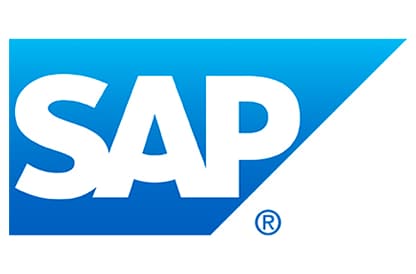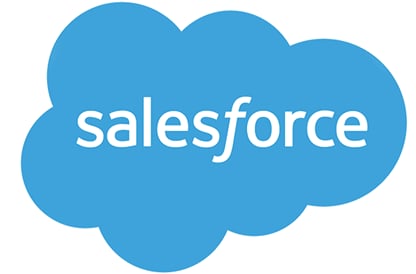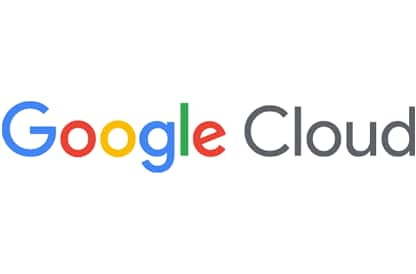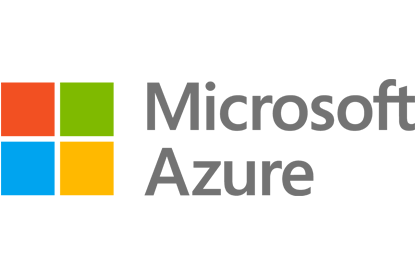Addressing business challenges and processes
“Leasing is the lifeblood of the company, and we were under tremendous pressure to accelerate the leasing process,” said Kim Scharf, Senior Vice President of Information Technology. “We needed a more efficient and transparent document assembly process for our leases as well as workflow and reporting on key milestones. We wanted one system that could take a lead, turn it into a Letter of Intent (LOI), and then generate a lease with the least amount of data entry and retyping. Desired features included an approved clause library and the ability to produce a document that could be reviewed internally by various teams as well as externally by the landlord’s or tenant’s counsel.”
Previously, SITE Centers had a custom-developed Lotus Notes® application and a series of Word documents along with some activities and tasks that comprised the business process. “The system was not integrated and lacked accountability,” said Scharf.
Instead of having a single, repeatable process, operations were performed differently depending on the user. “Controls around standardized clauses for LOI’s and leases were inadequate,” explained Scharf. “These and other deficiencies resulted in manual reporting because the process did not capture the information required to meet reporting needs.”
OpenText solutions meet SITE Centers business objectives
SITE Centers selected OpenText for its best in class combination of infrastructure and products. In addition to creating a custom Lease Management System (LMS), a clause-generated, workflow managed, contract assembly solution, SITE Centers has used Content Suite as its primary IT systems infrastructure since 2005. A combination of OpenText Content Suite, OpenText Capture Center, and OpenText Records Management functions as the backbone of the SITE Centers content management system, which stores corporate records, drives processes, and controls the retention of enterprise content, including paper and electronic documents, in accordance with organizational policies.
Supporting the entire lease flow process
In 2011, SITE Centers partnered with OpenText to build onto the Enterprise Publishing application to develop an end-to-end integrated LMS solution across their infrastructure applications. Salesforce® was selected and implemented as a front-end interface for the LMS because of the complexities of the LMS workspace and application. “Salesforce has evolved to be the best-of-breed Platform as a Service (PaaS), that completed the infrastructure application suite at SITE Centers,” stated Scharf.
SITE Centers rapidly customized the system. Scharf said. “We were able to integrate and configure Salesforce with LMS fairly fast—we had been designing the LMS for four years. And within six months, the integration with Salesforce was completed. The integration piece was done via web service calls made possible with a webenabled application written by OpenText. The ease of integrating with the web service calls was a critical success factor.”
The LMS went live in July 2011, and within a few months SITE Centers had hundreds of deals in their pipeline originating from Salesforce into the LMS.






 SITE Centers
SITE Centers


